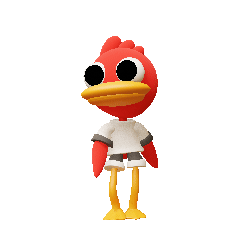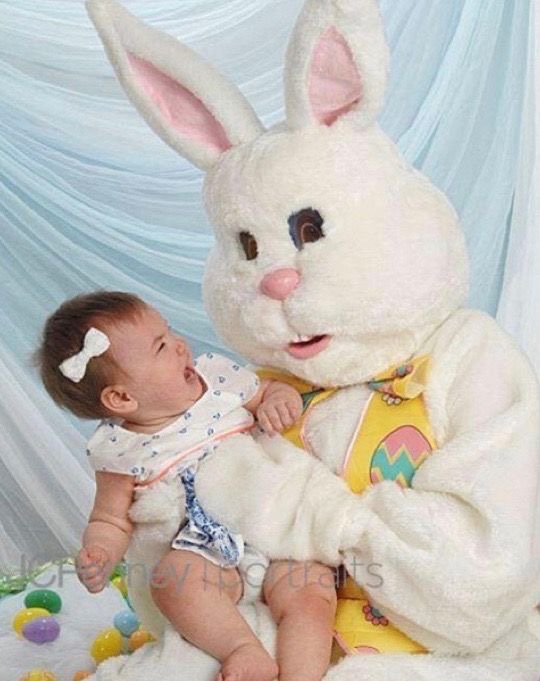How the Easter Bunny was born
April 1, 2022
Arguably the most famous Easter character is the Easter Bunny. The Easter Bunny is known for hiding chocolates, candy filled eggs and sometimes even big baskets full of festive goodies. Children can even go to malls and take pictures with the Easter Bunny, just like they can with Santa during Christmas. But what started the origin of telling children that a large rabbit hides eggs in our backyards?
Easter is traditionally a Christian holiday. The New Testament marks Easter as the day that Jesus was resurrected. The Friday before Easter, known as Good Friday, marks Jesus’s death by crucifixion. Easter is also associated with the Jewish holiday of passover since Jesus’s Last Supper was essentially a Passover feast. In western Christianity, they participate in a period of fasting and penitence called lent. Lent starts on Ash Wednesday and lasts for 40 days, not including Sundays.
Easter has many similarities to Christmas. They both have Christian origins but are mostly commercialized nowadays. They are also both focused around children and have characters who leave children presents. The exact origins of the Easter Bunny is unknown. However, historians believe it arrived in America with German immigrants in the 1700s. The Germans brought along their tradition of an egg-laying rabbit called “Osterhase” or “Oschter Haws.” In their tradition, children would make nests for the creature to lay its colorful eggs in. Eventually this tradition spread across America and the nests were traded out for baskets. Children would also leave out carrots in case the rabbit got hungry from hopping around.
Another theory about the Easter Bunny is that it stems from the Pagan festival of Eostre. Eostre is a goddess of fertility whose animal symbol is a bunny. The arrival of baby bunnies during the springtime is associated with birth and renewal. Eggs are also representative of new life and the decorating of eggs on Easter is thought to date back to the 13th century. Bunnies are not the symbol for Easter in every country. Some associate foxes or cuckoo birds with the holiday.
No matter how you celebrate the holiday, the most important part is what the day symbolizes for you. Easter could mean many things to different people. Your Easter could look like you spending the day at Sunday service, hiding eggs for the little kiddos in your life, spending time with friends and family or just enjoying the spring weather. However you spend the holiday, make sure to take time out of your day to appreciate the bloom of spring (and maybe take a benadryl because allergies are also in bloom)!



